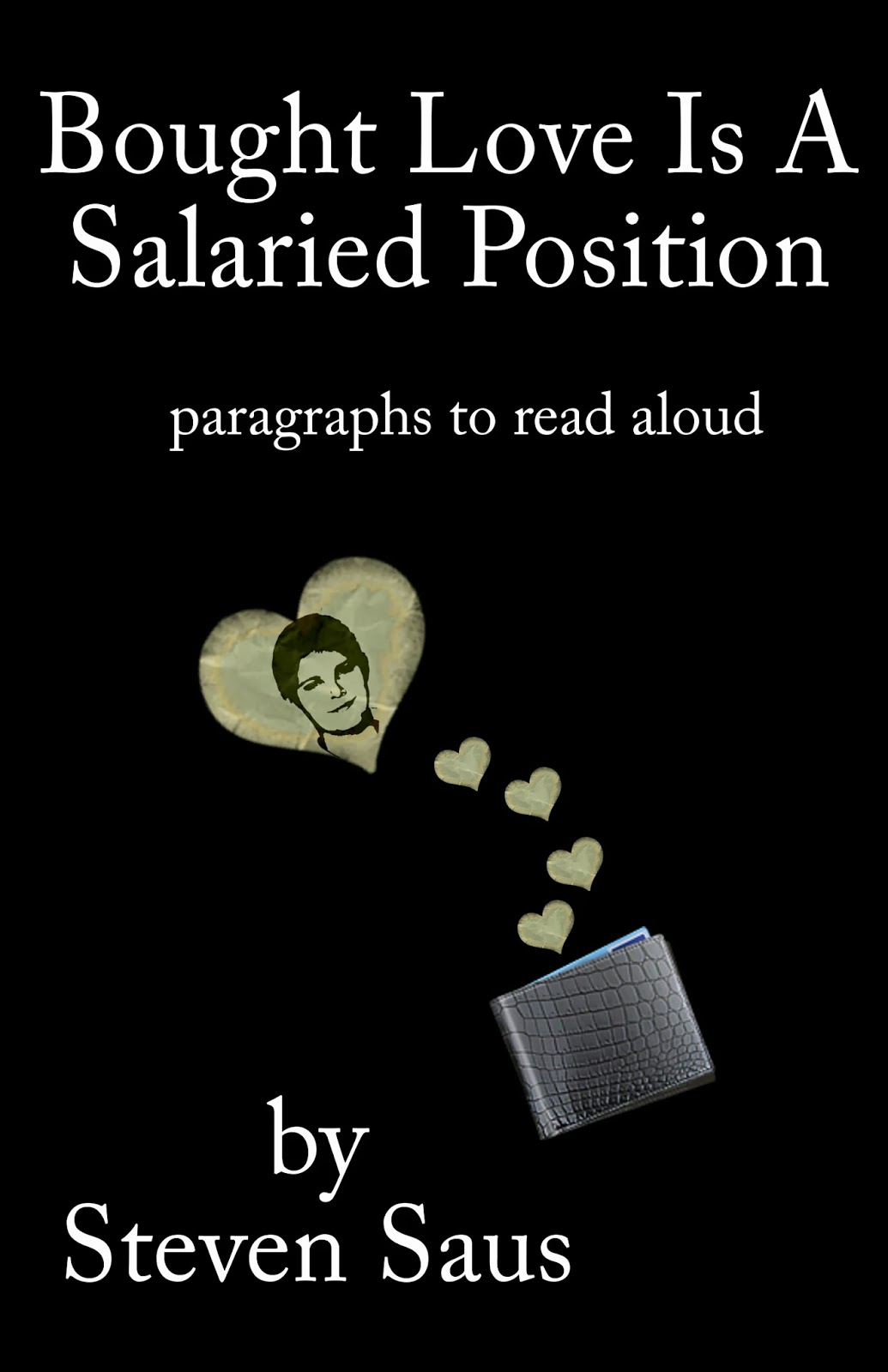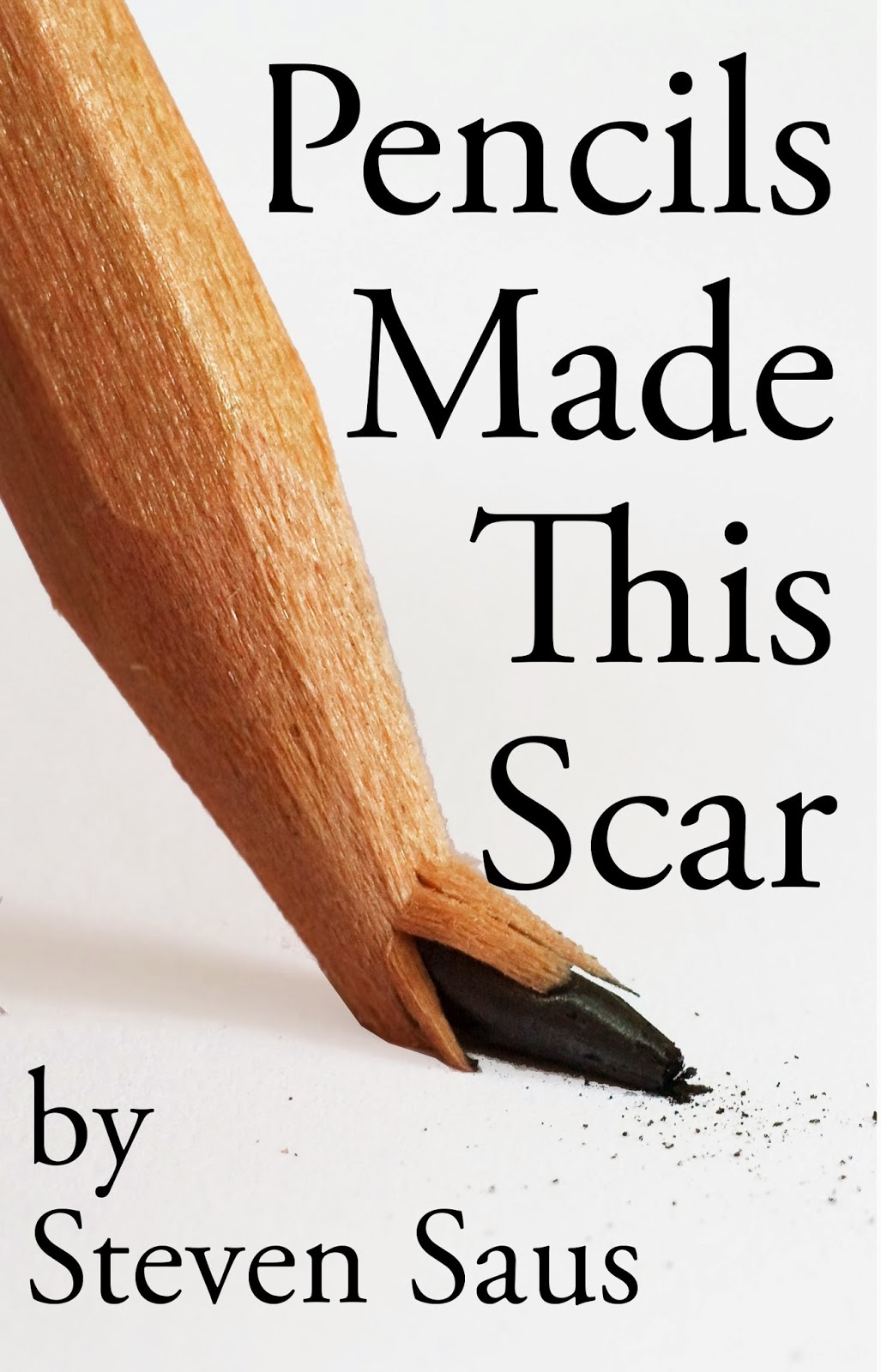I made a lousy book cover.
It’s still out there. Let me show you:
This is not a good book cover. It breaks most of the design rules – and does so with no reason or purpose. But I’m okay with it – it’s personal for me, and the book was put together largely for me. So it meets my goals. That doesn’t change the fact that it’s a lousy book cover.
It’s possible to put together a good book cover, though. Consider this one:
It gets noticed when I’m at conventions. (The professional covers I pay artists quite a bit of money for get noticed consistently; that’s a different issue entirely.) People stop and look and flip through this book. People buy this book at approximately three times the rate that they buy Bought Love is a Salaried Position.
Or at least, they do now. When I first started, I had a version of this book with a slightly different cover (you can actually see it in the thumbnail at the webstore):
So after you get your book edited, don’t skimp on your cover design.



